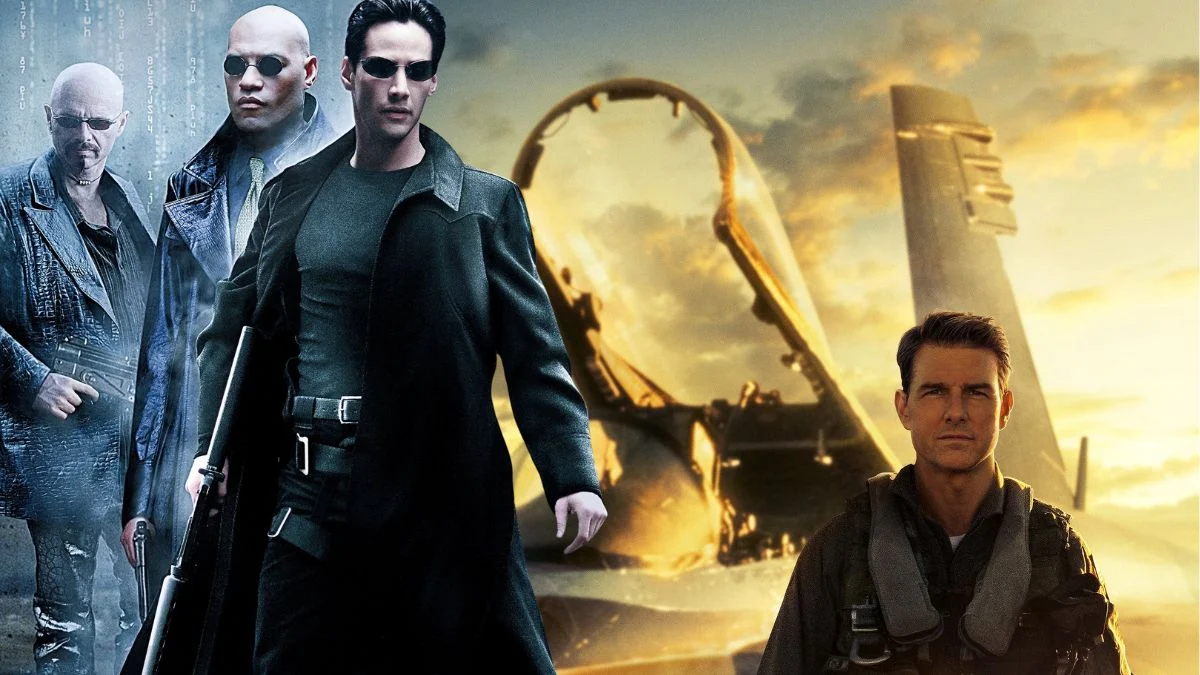
To make action movies feel truly real, filmmakers often choose practical stunts over computer-generated effects. Audiences connect more strongly with scenes that look and feel genuinely dangerous and believable. The films below stand out for using real vehicles, explosions, and skilled performers, prioritizing impressive engineering and human skill over digital animation to create their exciting moments.
‘Mission: Impossible – Ghost Protocol’ (2011)
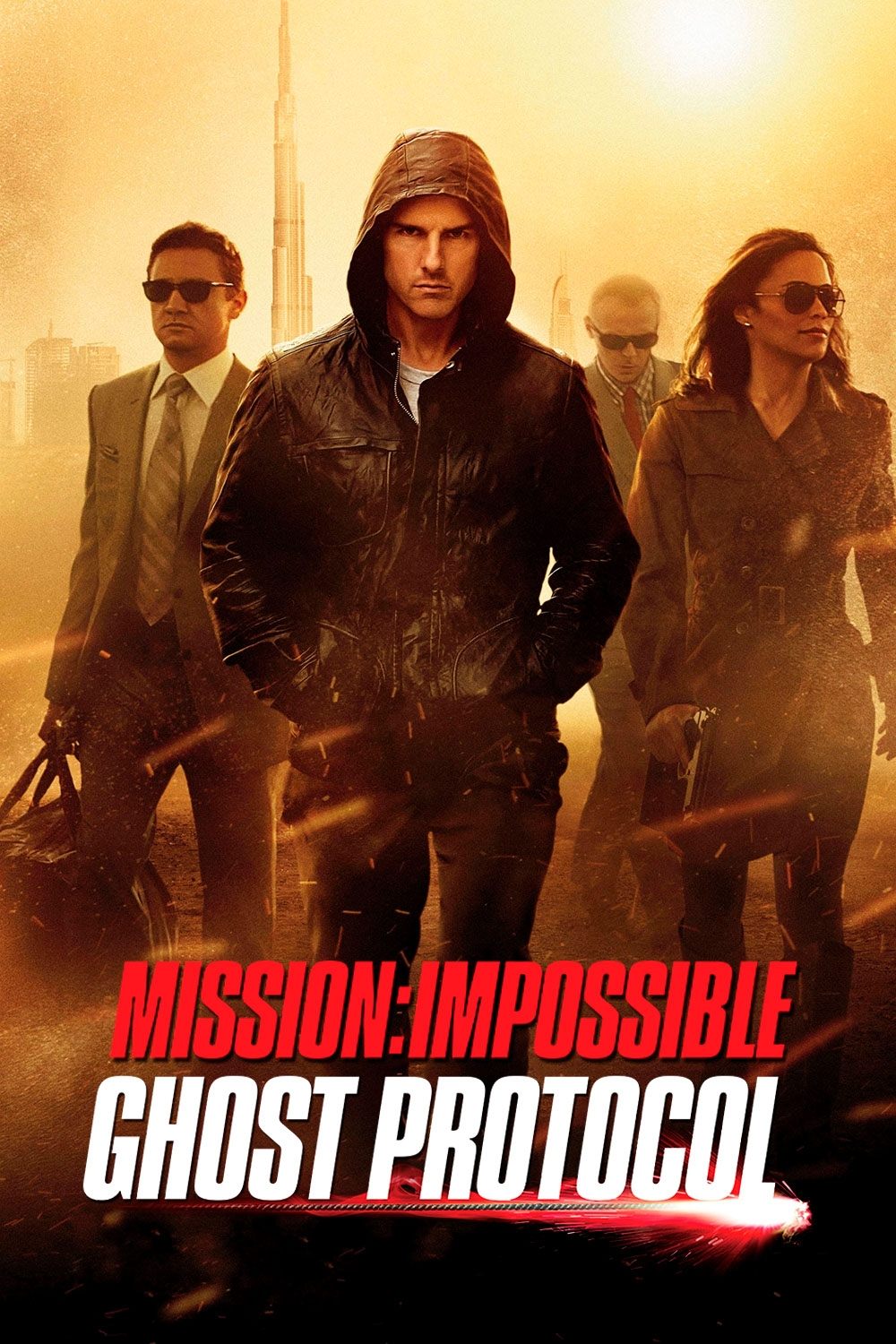
Tom Cruise is well-known for performing his own daring stunts, and the Burj Khalifa scene in Dubai was no exception. The filmmakers actually removed panels from the world’s tallest building so he could swing on the outside. While a safety cable kept him secure, the cameras captured the incredible height and danger. The stunt was filmed with IMAX cameras to really emphasize how massive and impressive it was.
‘Mad Max: Fury Road’ (2015)

As a movie fan, I was blown away learning how much of ‘Mad Max: Fury Road’ was real. Director George Miller was determined to avoid CGI as much as possible, so they actually built and drove all those incredible vehicles – over 150 of them! – and crashed them for real. The stunt work was insane too; performers were literally hanging off poles attached to speeding trucks. It all added up to this incredibly raw and believable post-apocalyptic world. You could feel the grit and danger because it wasn’t all created on a computer.
‘The Dark Knight’ (2008)
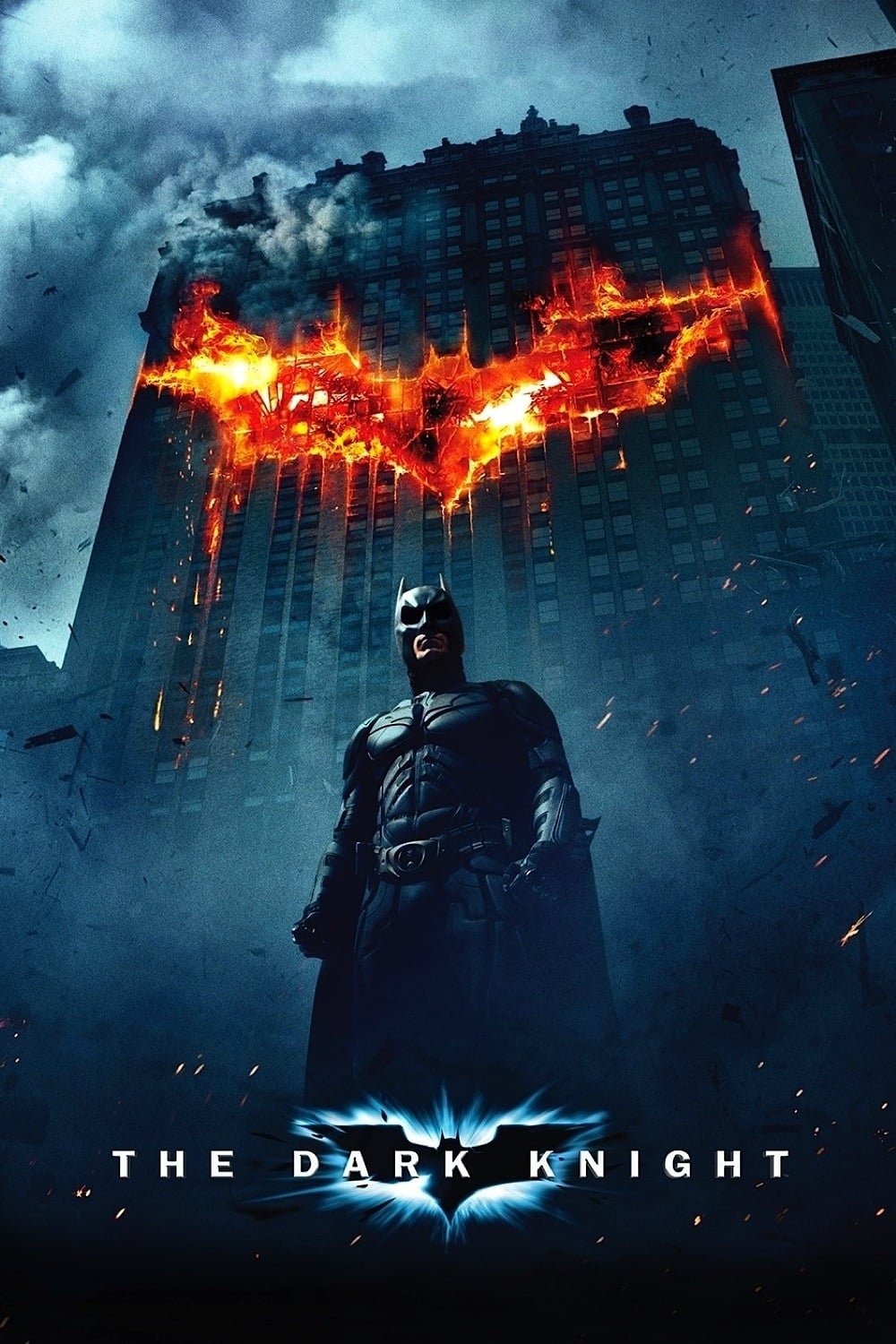
Let me tell you, witnessing the practical effects in this film was a real highlight. Director Christopher Nolan didn’t shy away from doing things for real. They actually flipped a full-size 18-wheeler on a Chicago street! It wasn’t CGI – they built a nitrogen cannon into the truck itself to launch the trailer and control the flip. The result? A truly impactful, believable crash sequence. You just don’t get that same sense of weight and realism with computer-generated effects, and this stunt proves it.
‘Inception’ (2010)
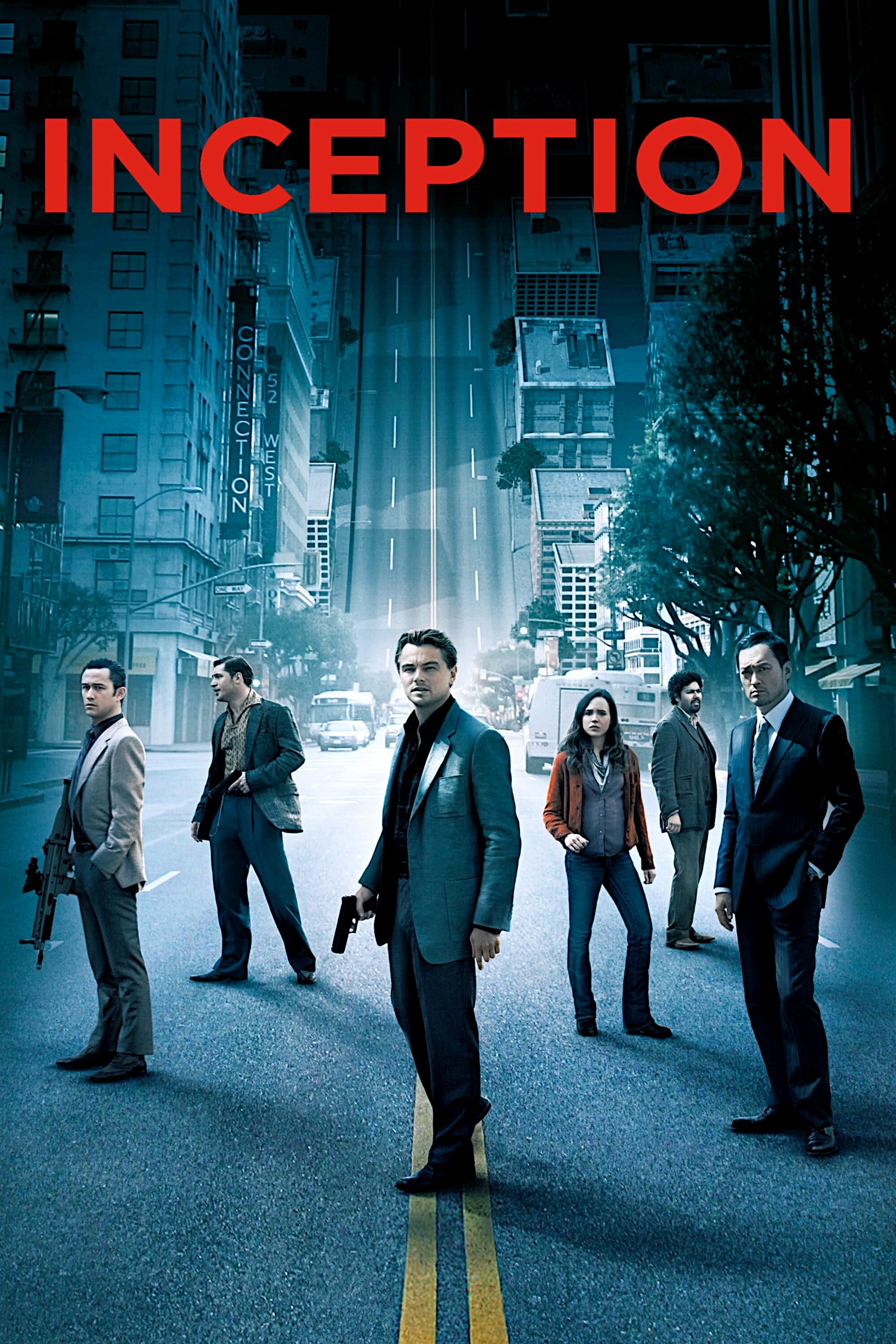
Creating the exciting zero-gravity hallway fight scene was a huge undertaking. They built a giant, spinning machine—a centrifuge—and Joseph Gordon-Levitt actually practiced the fight choreography while the set rotated around him and the stunt performers. This clever design let the actors appear to walk on walls and ceilings naturally, without needing wires. To make it look like gravity was changing, the camera was attached to the spinning set itself.
‘Casino Royale’ (2006)
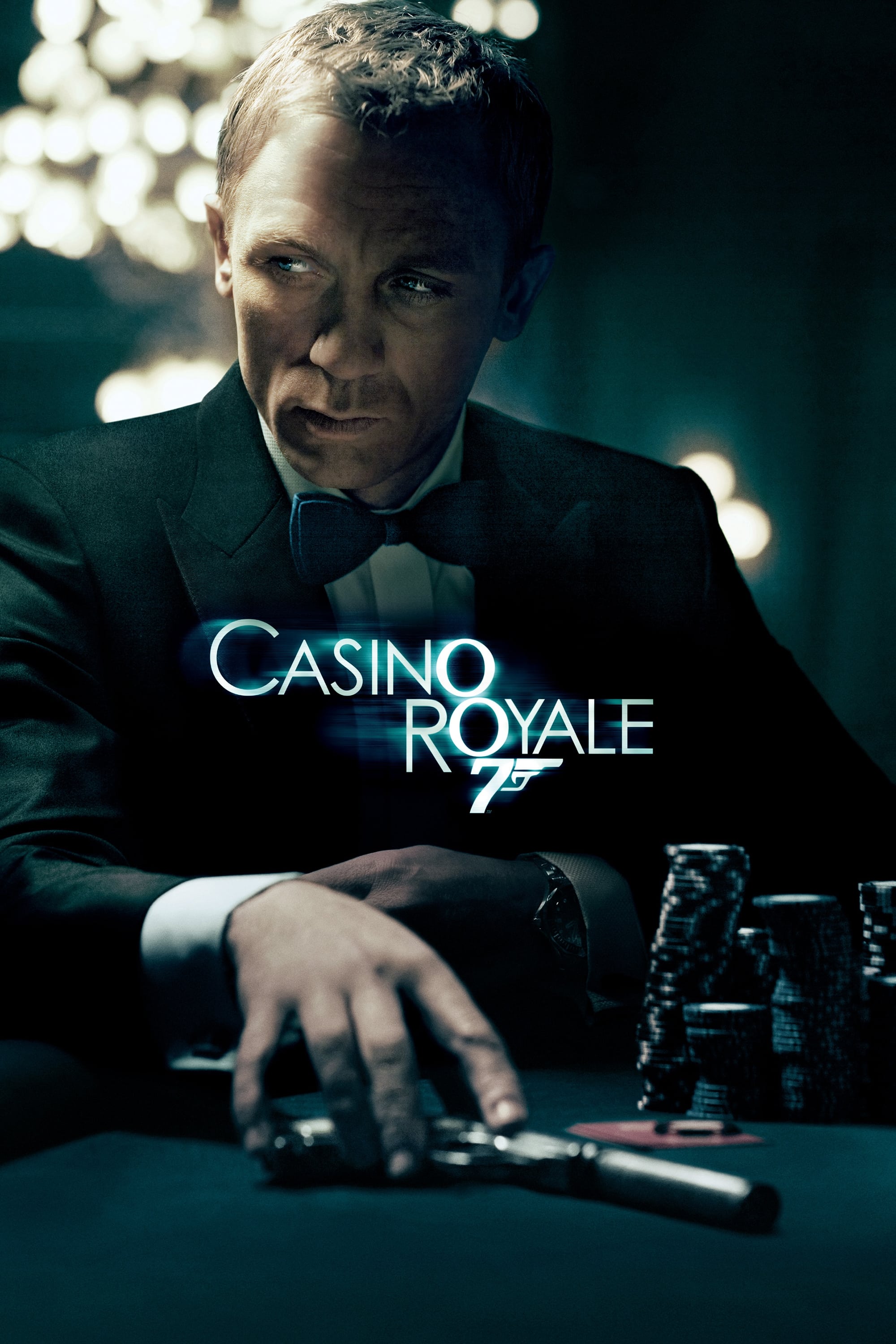
A thrilling chase scene in a James Bond film features the hero pursuing a bomb maker across a building site, using moves inspired by parkour. Stunt performer Sebastien Foucan performed incredible leaps and climbs across cranes and incomplete buildings with very little safety equipment. The filmmakers prioritized practical stunts and a sense of genuine risk over relying on computer-generated effects, creating a more realistic and gritty feel for this new version of James Bond.
‘Raiders of the Lost Ark’ (1981)
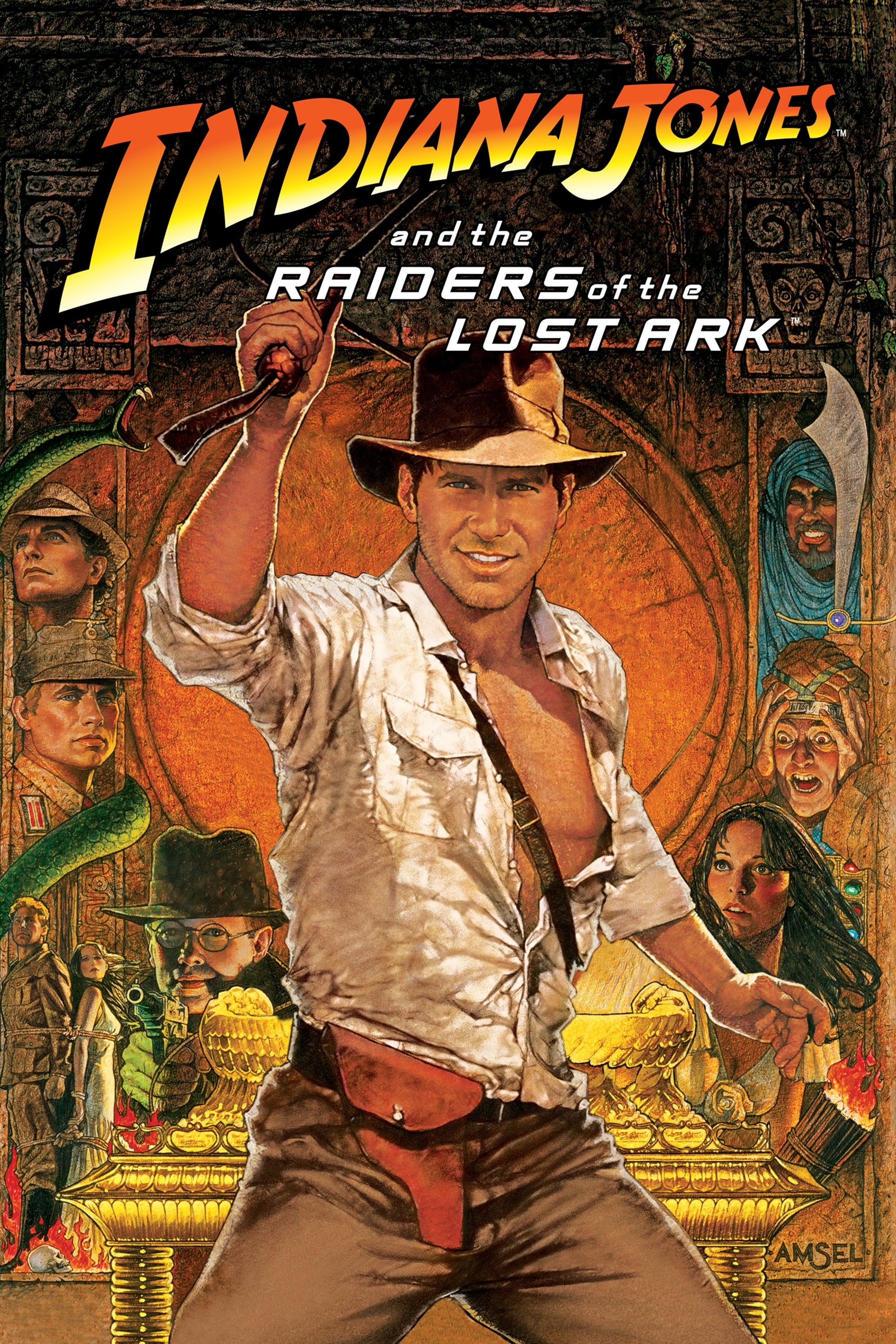
Harrison Ford, with the help of his stunt double, bravely performed a risky maneuver where he was dragged under a moving truck. Ford gripped the bumper and was pulled along a dusty road at high speed. This stunt, inspired by old western films, needed perfect timing to prevent being hit by the truck’s wheels. Director Spielberg filmed the scene to emphasize the character’s intense fight for survival and feeling of hopelessness.
‘Police Story’ (1985)
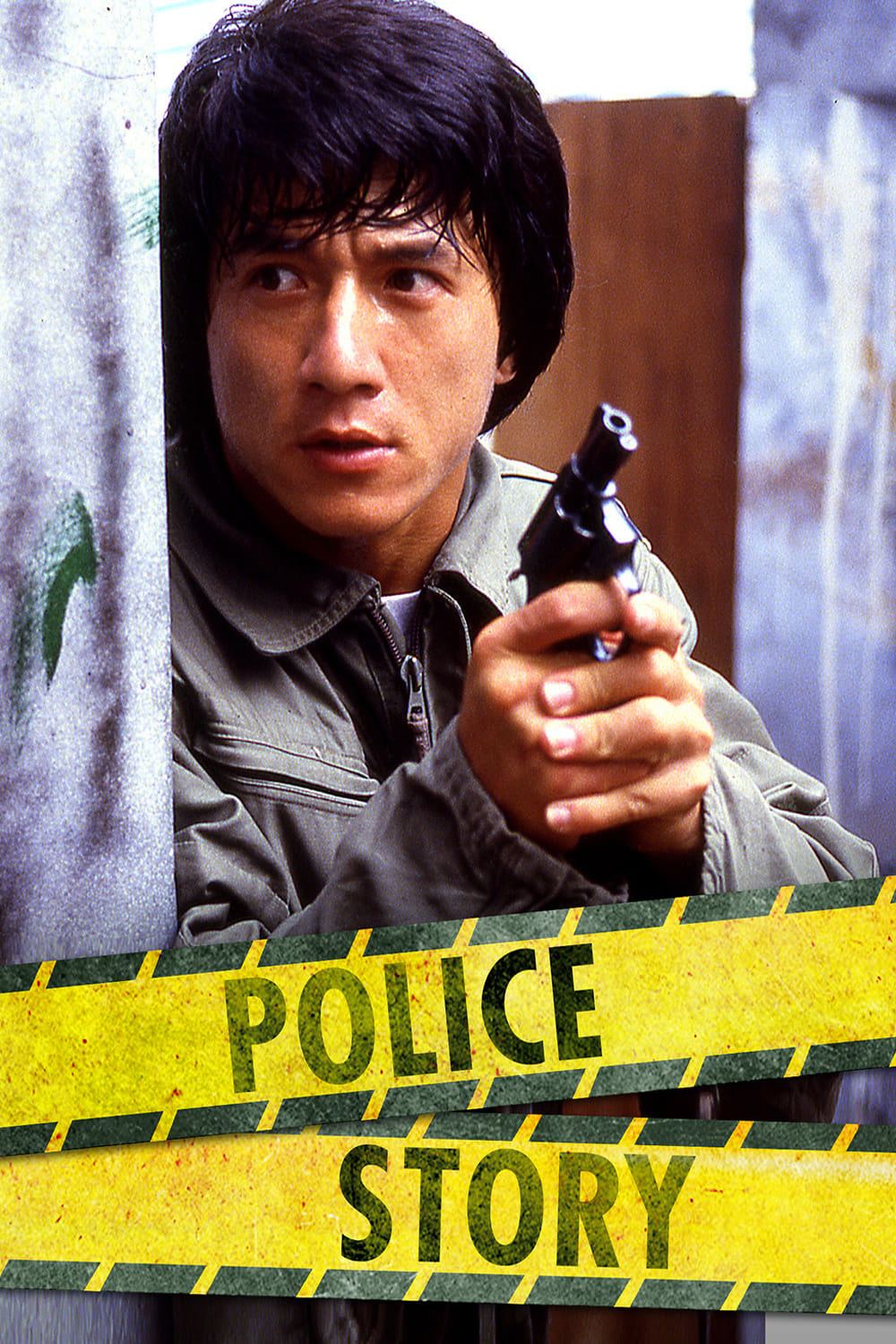
During the final fight scene in the mall, Jackie Chan performed a dangerous stunt, sliding down a brightly lit, multi-story pole. The stunt caused serious injuries, including second-degree burns and a spinal injury. Explosions and shattered glass surrounded him as he quickly slid to the ground. This sequence is still remembered today as a prime example of a risky, and clearly unsafe, action scene in martial arts films.
‘Bullitt’ (1968)

Steve McQueen actually did a lot of the driving himself during the famous car chase through San Francisco. The scene, featuring a Ford Mustang and a Dodge Charger, showed the cars realistically jumping over intersections. Cameras were fixed to the vehicles to capture the feeling of the ride and what the drivers saw. This chase scene became the model for car chases in movies ever since.
‘The General’ (1926)
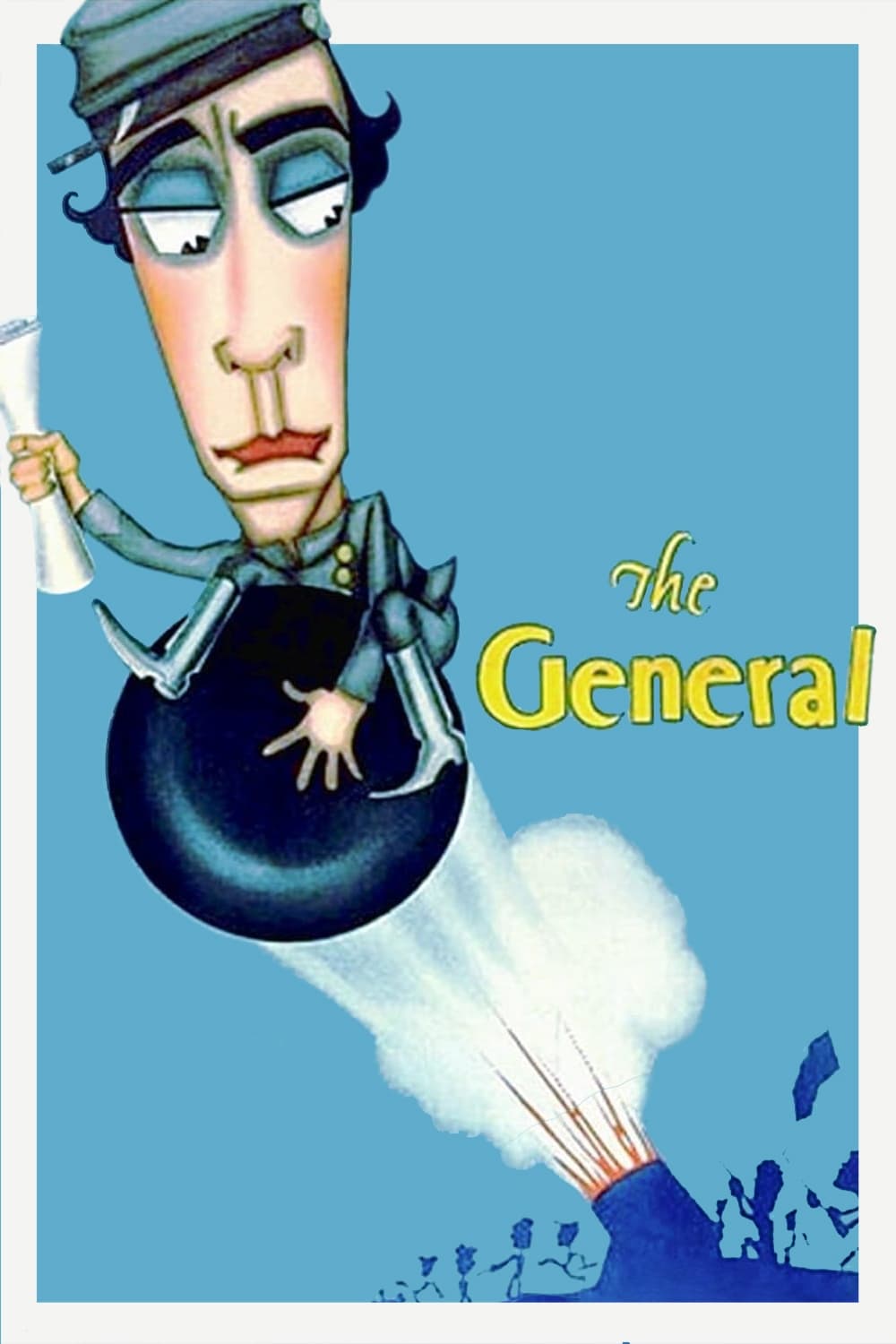
In one of the most ambitious and costly stunts ever filmed in the silent movie era, Buster Keaton drove an actual locomotive onto a bridge that was intentionally set on fire. The bridge gave way under the train’s weight, sending the engine plummeting into the river. Remarkably, no models or special effects were used – it was a real steam engine that crashed. The wreckage stayed at the bottom of the river for many years, becoming a popular spot for tourists.
‘Top Gun: Maverick’ (2022)

To realistically show the physical strain of flying, the filmmakers had actors perform in actual F-18 fighter jets, allowing them to experience and portray the effects of G-forces. High-quality IMAX cameras were installed in the cockpits to capture the action. While skilled naval aviators flew the planes, the actors focused on their performances and helping to operate the cameras. This approach created a truly immersive experience, making viewers feel like they were actually flying.
‘Ben-Hur’ (1959)

The chariot race was a huge undertaking, featuring thousands of background performers and enormous sets constructed just for the film. The drivers and actors trained for months to skillfully control the horse teams as they raced around the track. An unexpected crash – a chariot actually jumping over debris – happened during filming and was included in the final movie. The entire scene was achieved through impressive practical effects, relying on real people and physical stunts instead of computer-generated images.
‘The French Connection’ (1971)
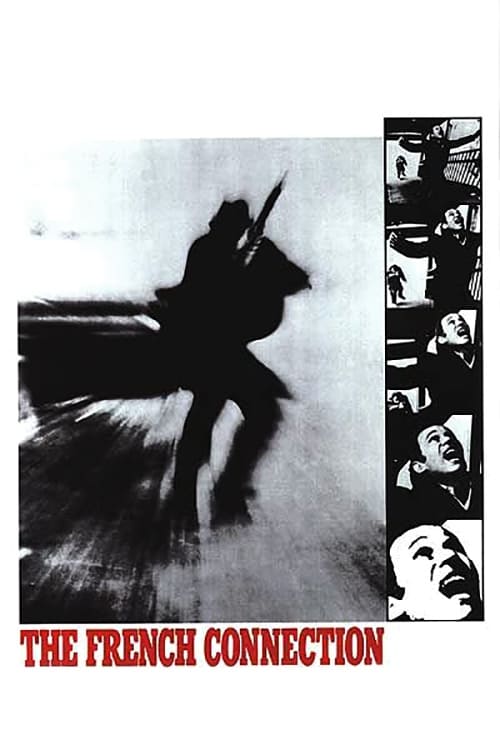
In the movie, Gene Hackman sped a Pontiac LeMans through Brooklyn streets, chasing an elevated train. The filmmakers didn’t get permits for every location and used a siren to try and make way for the chase. During filming, there were several accidental crashes with other cars because local drivers didn’t know a movie was being made. The shaky, handheld camera added to the feeling of a wild and unauthorized high-speed pursuit.
‘Saving Private Ryan’ (1998)
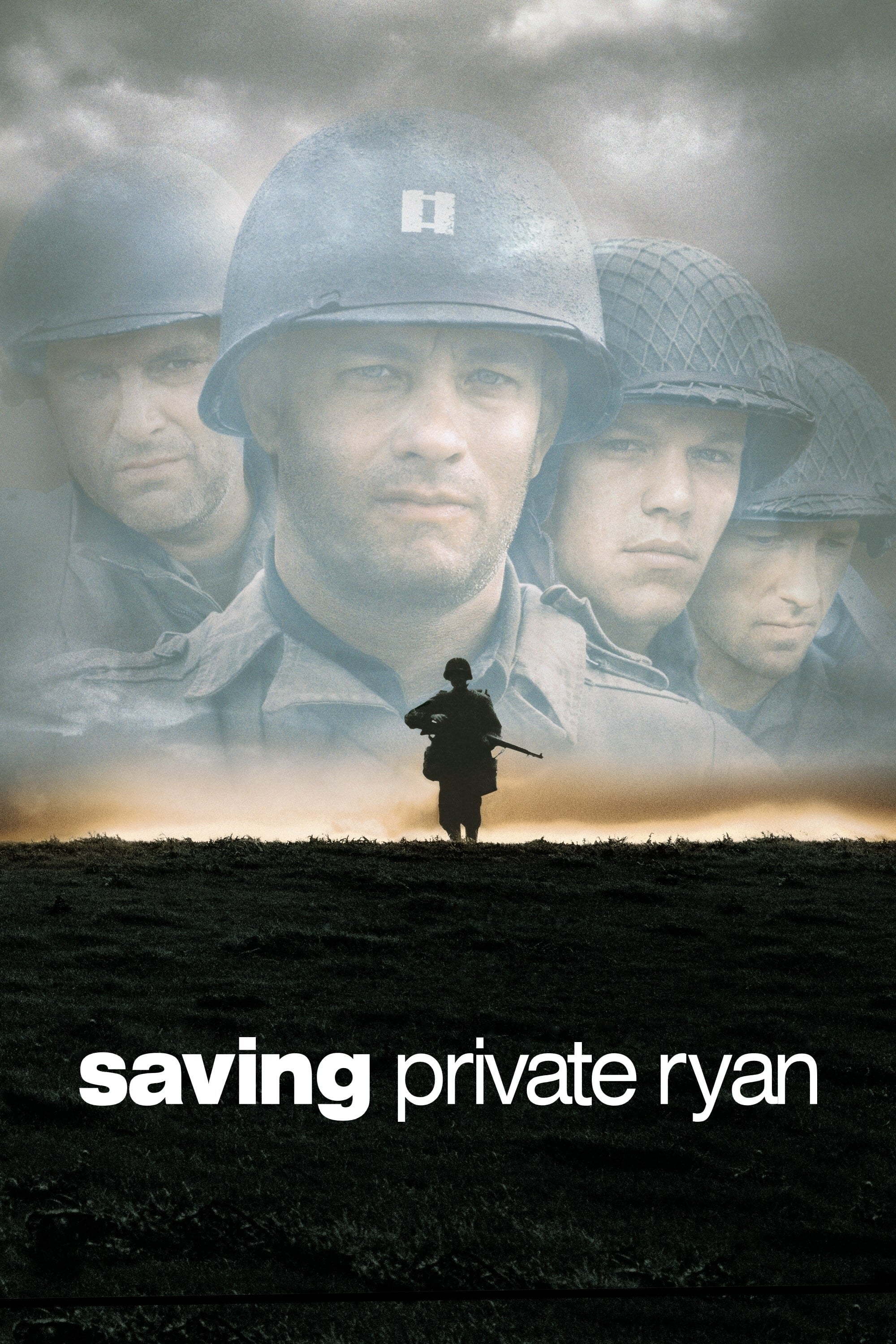
Steven Spielberg famously filmed the D-Day landings on an Irish beach, using a massive cast of re-enactors and real-life special effects. He employed landing boats and accurate weapons to convincingly depict the intense chaos of battle. To make the scene feel truly authentic, explosions were carefully set off near the actors, simulating the impact of artillery fire. The resulting sequence is celebrated for its raw and realistic portrayal of war, achieved through practical filmmaking techniques.
‘Mission: Impossible – Rogue Nation’ (2015)

Tom Cruise performed a daring stunt for a film by hanging onto the side of a flying Airbus A400M airplane during takeoff. He protected his eyes with special contacts and relied on a single safety harness to keep him secured to the aircraft. This incredible feat highlights his dedication to doing real stunts, something rarely seen in modern filmmaking.
‘Cliffhanger’ (1993)

Stuntman Simon Crane completed a daring mid-air transfer between two planes flying at 15,000 feet. Because the stunt was so risky, the insurance company wouldn’t cover it. Crane performed the move himself, without any digital effects. It was one of the costliest aerial stunts ever filmed.
‘Skyfall’ (2012)
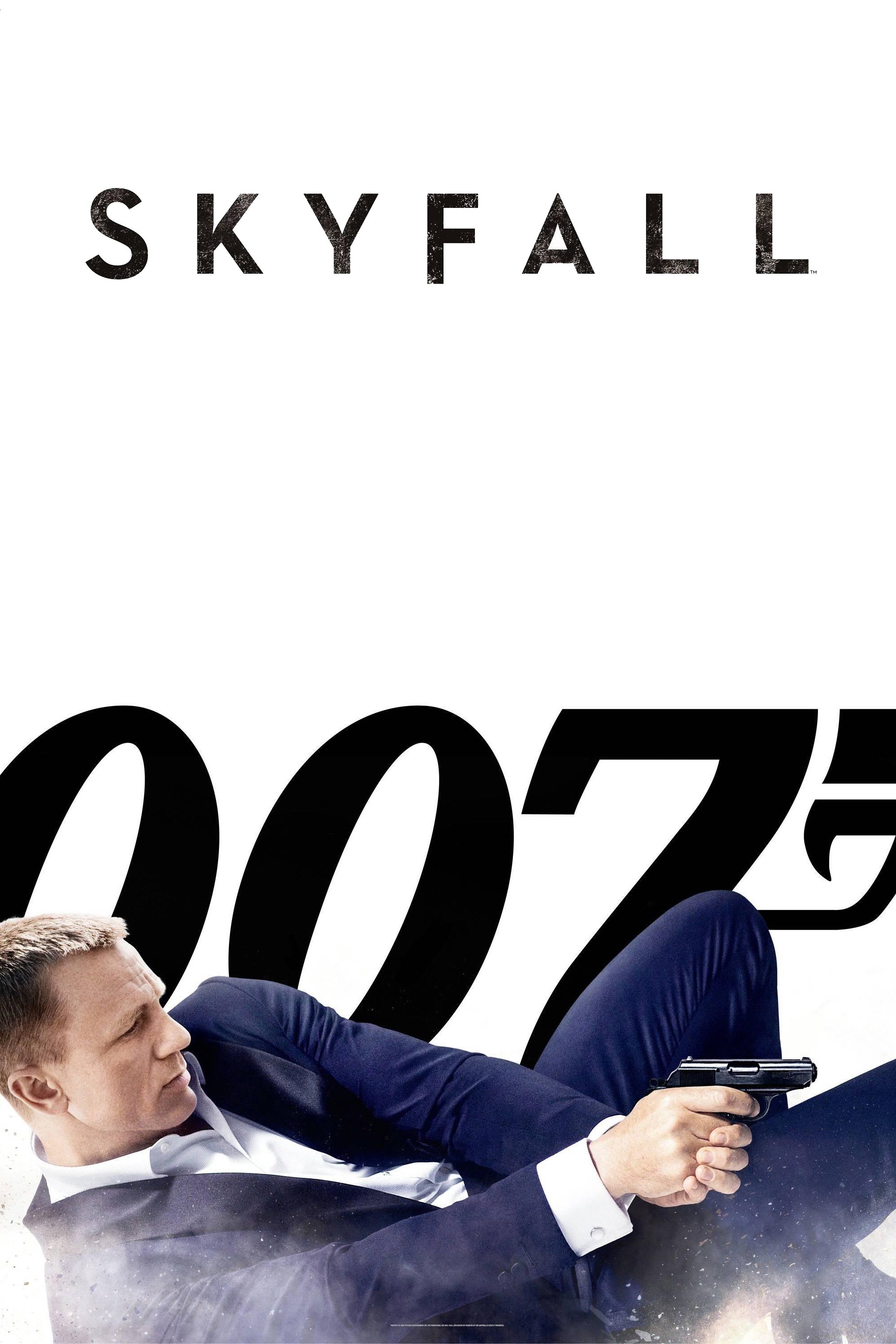
During a thrilling action sequence, James Bond battles on the roof of a speeding train as an excavator tears through the passenger cars. To achieve this dangerous stunt, filmmakers created a special setup to operate the heavy excavator directly on top of the train. Daniel Craig personally performed much of the fighting while surrounded by the chaos and wreckage. The real excavator interacting with the train cars made the scene feel incredibly powerful and realistic.
‘Death Proof’ (2007)
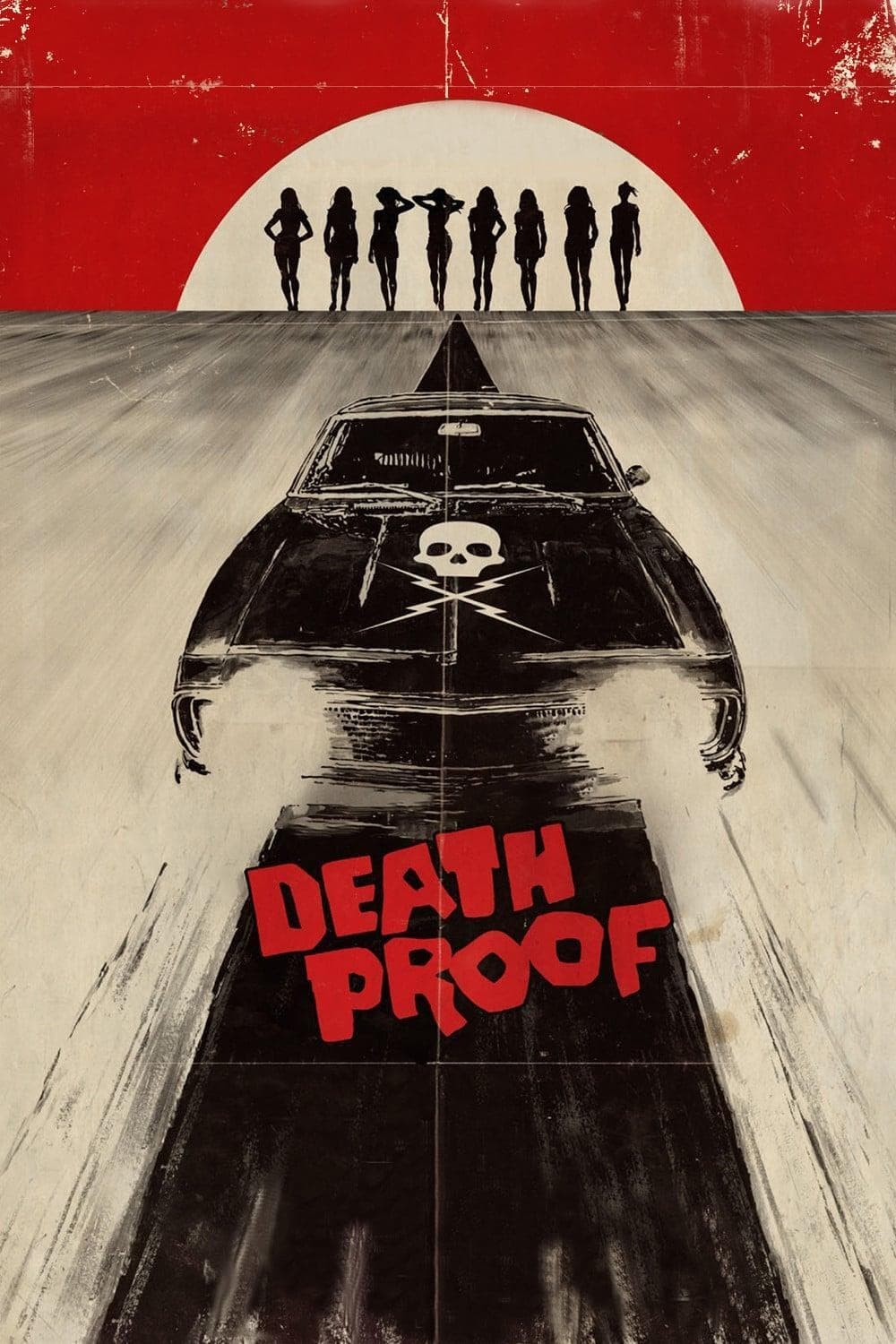
Stuntwoman Zoe Bell performed a dangerous feat by riding on the hood of a speeding Dodge Challenger. She gripped belts fastened to the car’s frame as it swerved and crashed into another vehicle. Director Quentin Tarantino filmed the scene practically, without using computer-generated imagery, to emphasize the real risk and Bell’s incredible skill. This lack of special effects made the long car chase even more intense.
‘The Matrix’ (1999)

The intense gunfight in the lobby was filmed using real explosions and breaking concrete, creating a very realistic effect. As pillars were destroyed, debris flew everywhere while the actors performed carefully planned movements. The filmmakers chose to use physical effects and wirework instead of computer-generated imagery for this scene, making the action feel more tangible and immersing the audience in a gritty, dusty environment.
‘Terminator 2: Judgment Day’ (1991)

During the exciting final chase, a helicopter flew incredibly close under a highway overpass. The pilot skillfully guided the aircraft with just a few feet to spare between the spinning blades and the concrete. Film crews recorded the daring stunt from a safe distance, knowing how risky it was. This remains one of the most dangerous helicopter stunts ever filmed.
Please share your favorite practical action sequence from movie history in the comments.
Read More
- Silver Rate Forecast
- Gold Rate Forecast
- Красный Октябрь акции прогноз. Цена KROT
- Navitas: A Director’s Exit and the Market’s Musing
- Unlocking Text Data with Interpretable Embeddings
- 2026 Stock Market Predictions: What’s Next?
- VOOG vs. MGK: Dividend Prospects in Growth Titans’ Shadows
- Ethereum’s Fate: Whales, ETFs, and the $3,600 Gambit 🚀💰
- XRP’s Wrapped Adventure: Solana, Ethereum, and a Dash of Drama!
- Itaú’s 3% Bitcoin Gambit: Risk or Reward?
2025-11-27 14:21